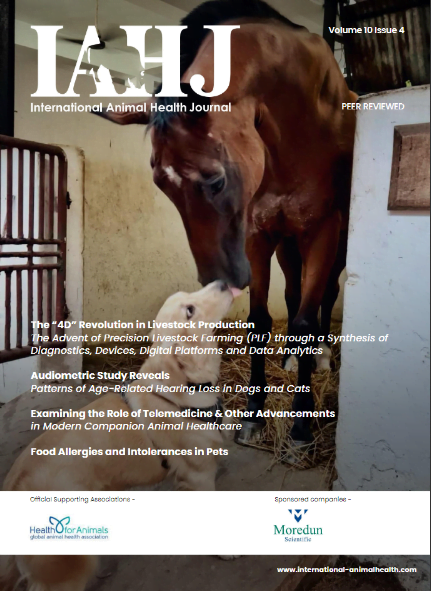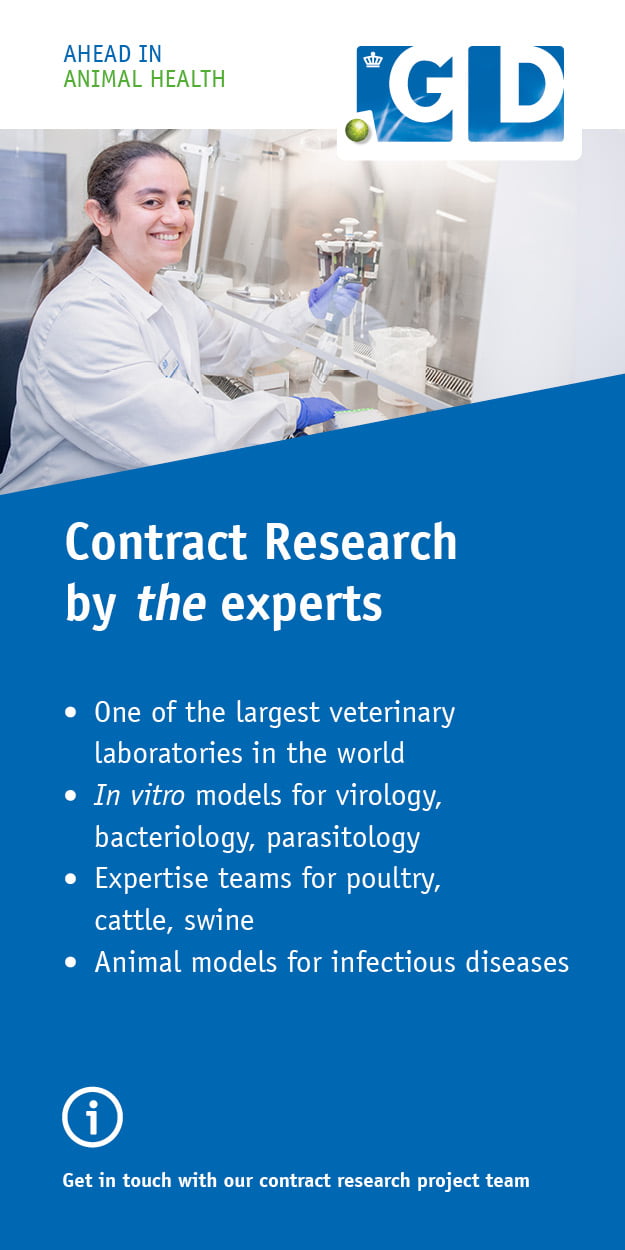Veterinary studies point to ways producers can make better use of drugs in pigs by delivering doses large enough to treat various diseases – but no larger.
Vets have completed a series of four studies on some of the most commonly prescribed antibiotics used in pig production.
Their findings will allow vets and producers make better use of medications and improve food safety.
Pharmacokinetics

The studies, conducted by Iowa State University veterinarians in the US, focused on pharmacokinetics, or how drugs move through and exit an organism.
One of the research leaders, Locke Karriker – a professor and interim chairman of the university’s Department of Veterinary Diagnostic and Production Animal Medicine – explained working out the factors that influence pharmacokinetics will help vets and producers treat herds as efficiently and effectively as possible, while also ensuring pigs are free of medications when marketed.
Correct tissues
Prof Karriker said: “In order to treat a disease we have to get the drug to pass through the correct tissues to get to the right part of the animal at a high enough concentration to be effective, then get back out of the animal for food safety purposes.”
Each study tracked how medications used in swine production – penicillin and amoxicillin, for example – moved through healthy pigs at various dosages. The research team used chemistry and mathematical models to calculate how long each drug took to entirely leave a pig’s system.
Better use of drugs
The studies point to ways producers can make better use of drugs by delivering doses large enough to treat various diseases, but no larger.
“We want to be as judicious as possible in the administration of these drugs,” Prof Karriker added. “Ideally, you use as little of the drug as necessary while still being efficacious.”












